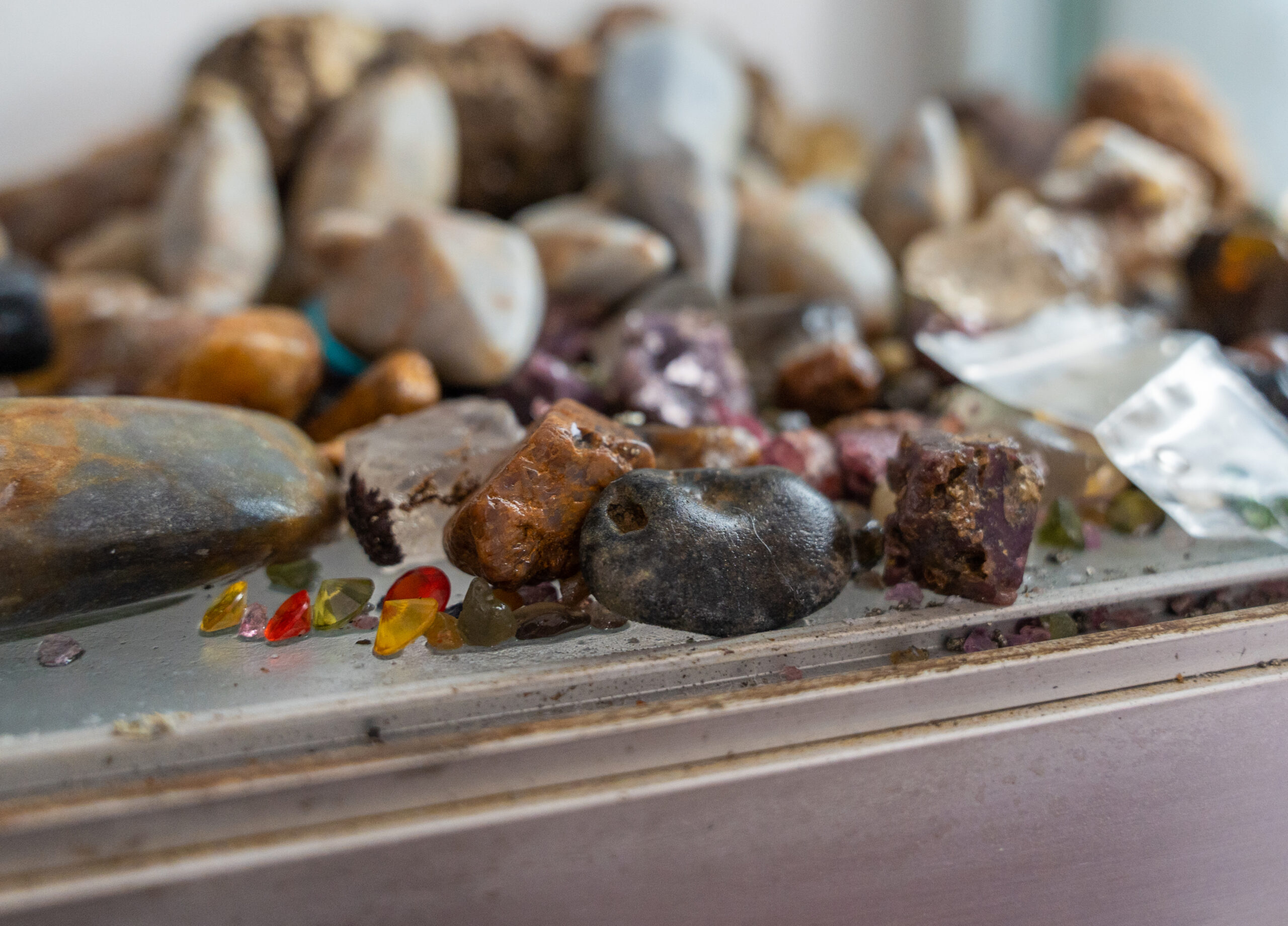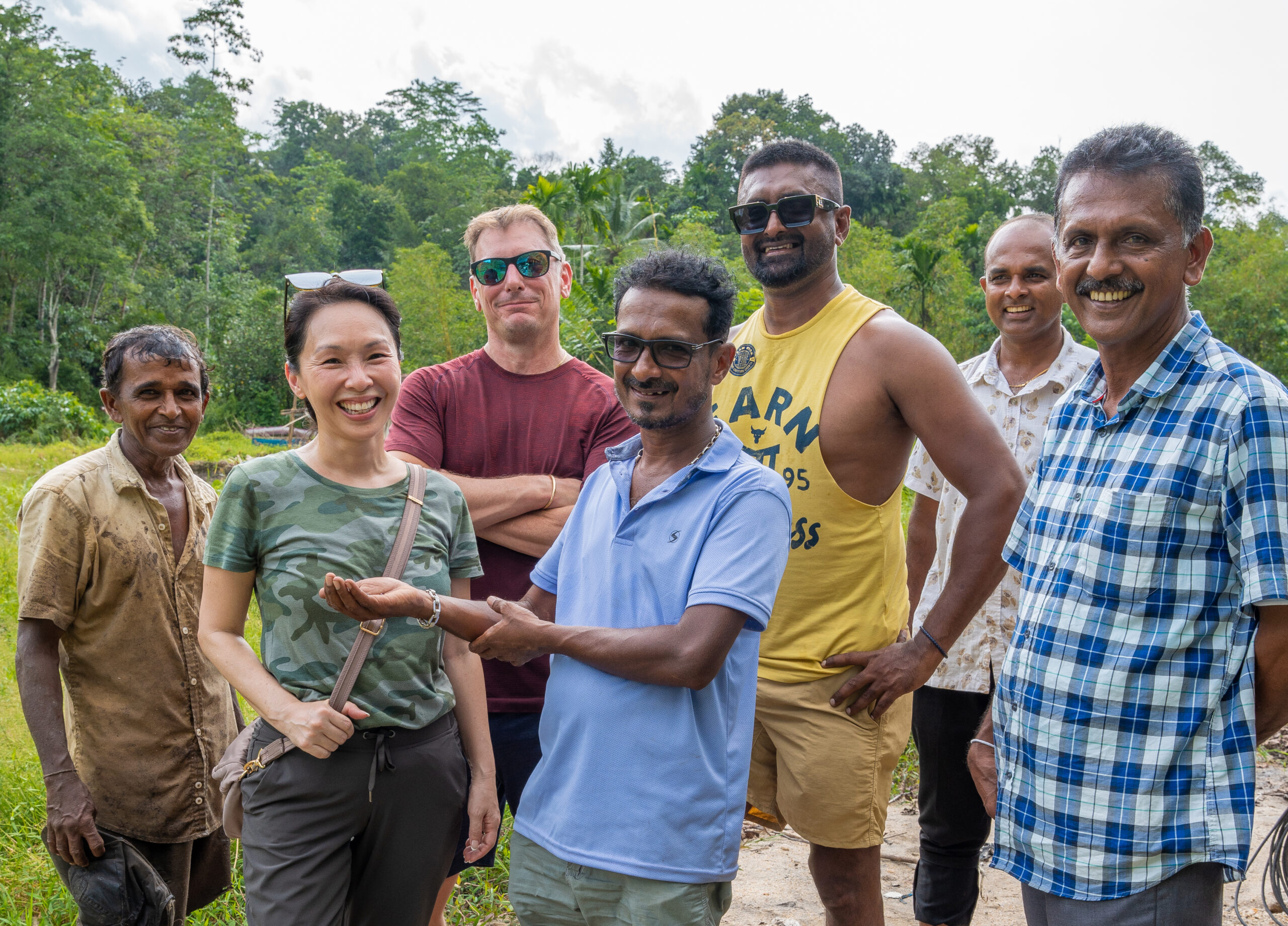Sri Lanka, formerly known as Ceylon, boasts a rich history of gem mining that stretches back to at least 5th century BC. The island also carried the name Ratna-Dweepa, which translates to ‘Gem Island’ in Sinhala, a name that serves as a testament to the country’s natural abundance of gemstones.
Did you know? This paradise island is arguably the world’s largest producer of Sapphire, and a prolific source of over 75 varieties of precious and semi-precious gemstones. These include but are not limited to Ruby, Spinel, Amethyst, Garnet, Rose Quartz, Aquamarine, Tourmaline, Agate, Topaz, Citrine, Alexandrite, Zircon, and Moonstone.

During our most recent journey in June 2023, we visited six distinct mines as part of our ongoing efforts and dedication to establishing genuine, on-the-ground connections with the people who are at the very heart of the gems we cut, polish and sell at MADLY. What has always fascinated me is the fact that 90% or more of the gem-producing mines in Sri Lanka are privately owned, often by individuals, families, or small enterprises. These mines are typically small-scale operations nestled within agricultural lands, like this scenic rice paddy and mine owned by the soft-spoken Itam and his charming family.

The choice of location is no accident. Gem deposits are typically found in alluvial regions, formed when mountains wash gravel into the floodplains of rivers and lakes. These gravel beds not only hold potential gemstones but also enrich the soil of these wetland farms.
Mine owners like Itam cultivate a symbiotic relationship with farmers, who also take on the role of miners. Over the years, I have witnessed this kind of partnership at various mines in Ratnapura, where they share the use of the land and alternate between farming and mining, maintaining a balance that encourages more sustainable land use. This practice not only helps preserve the environment, but it is also an economic lifeline for many within the community, serving as a testament to the resilience and ingenuity of these artisanal miners and farmers.
